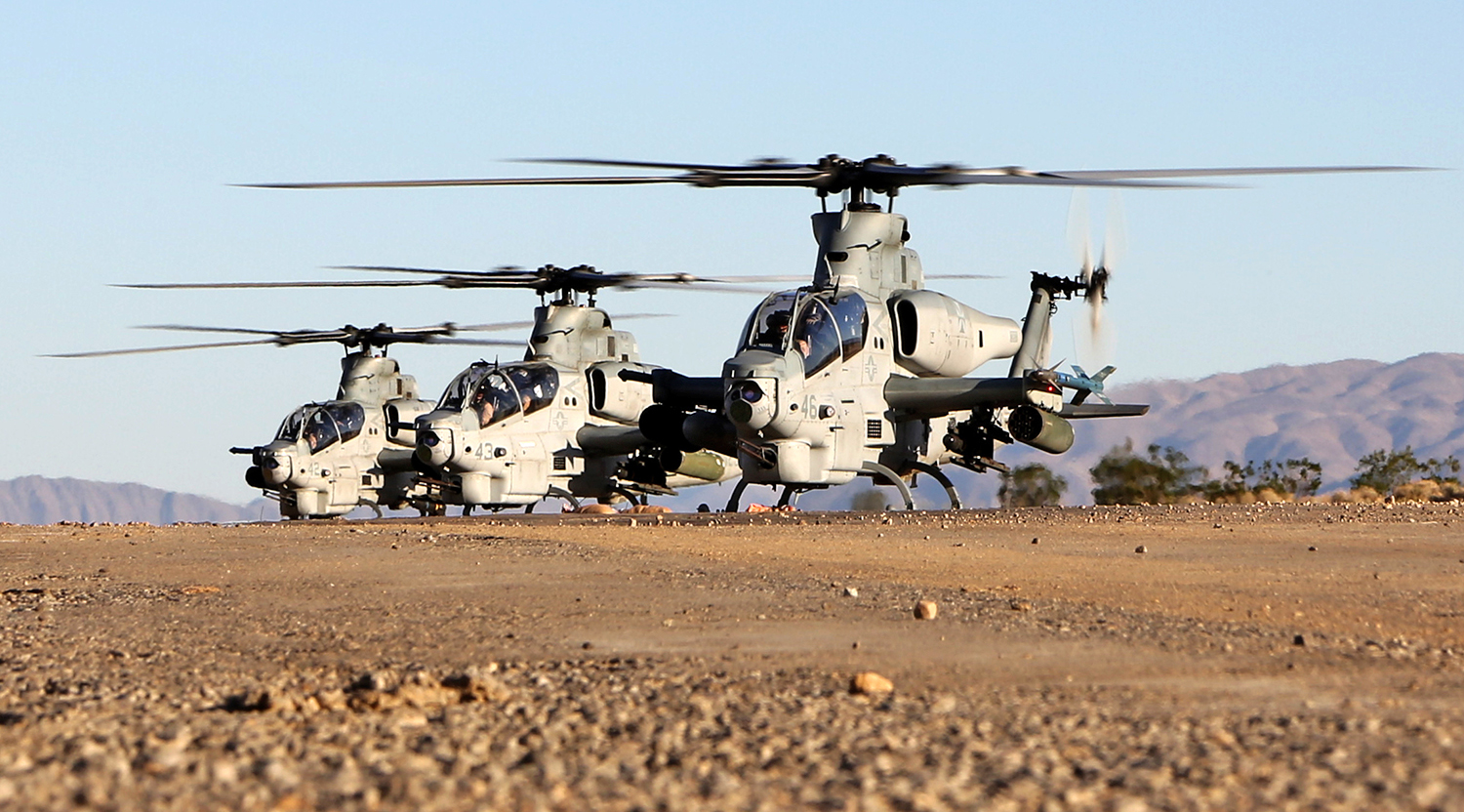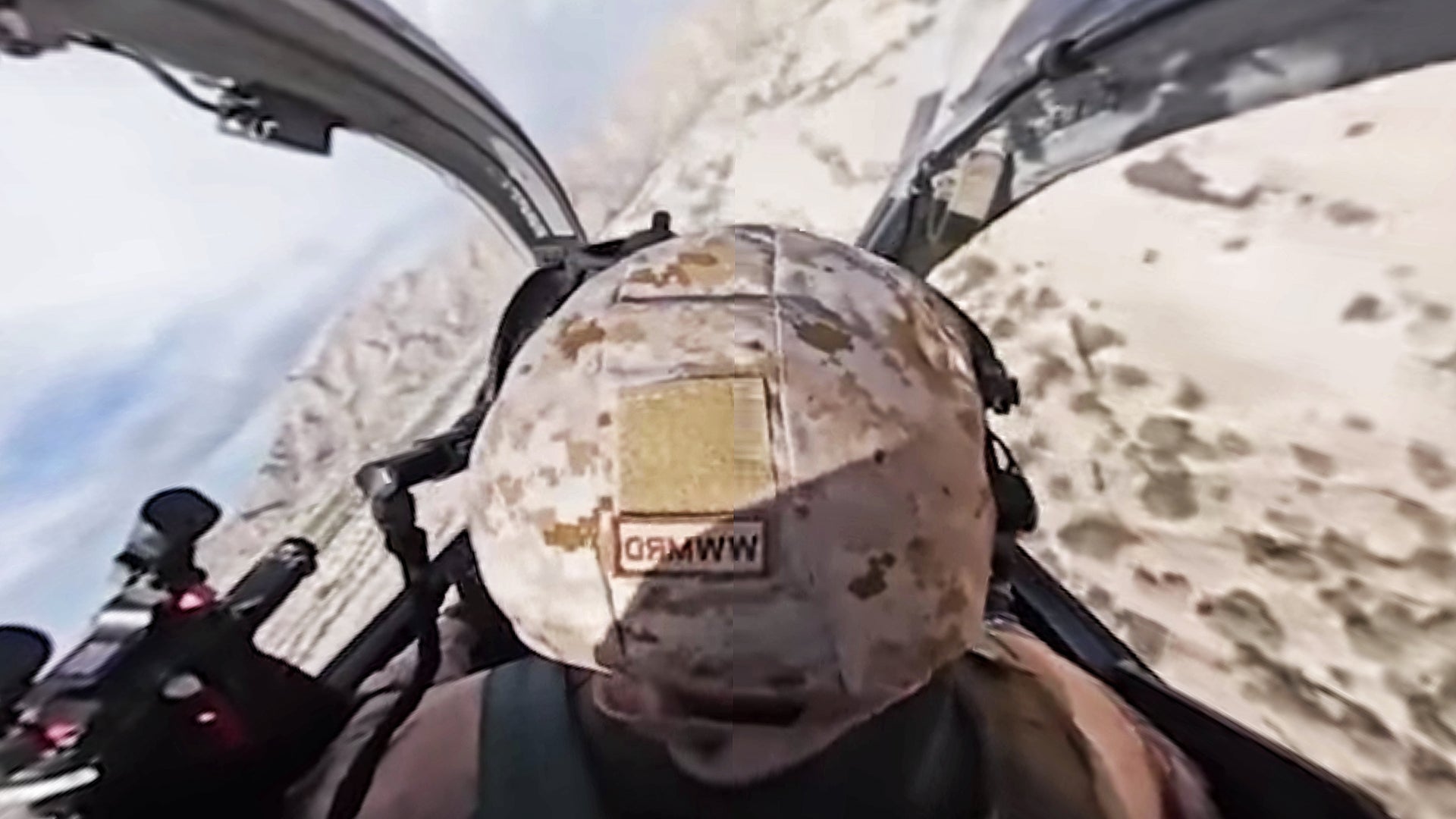The AH-1Z Viper, the latest and greatest version of the venerable AH-1 Cobra attack helicopter, has performed exceptionally well overseas in the harsh combat conditions of Southeast Asia and from the steel decks of America’s “Gator Navy” since its introduction into service in 2010. Now you can get a feel of what it’s like to strap into the cockpit of a “Zulu” Cobra as it snakes its way across the desert floor with this awesome 360 video.
This latest variant of the Cobra includes a long list of improvements over its Marine Corps predecessor, the AH-1W Super Cobra. These include a brand new four-bladed bearingless composite rotor system, updated drivetrain, redesigned stub wings with tip weapons stations and better crash damage resistance, and crew safety, among other refinements. Yet the biggest difference between the “Whisky” and the “Zulu” are sensors and avionics.

The Viper is equipped with a fully integrated avionics system, including a glass cockpit and Top Owl advanced helmet-mounted displays that are coupled to the aircraft’s dual mission computers, GPS/INS navigation system, automatic flight control system, low-airspeed air data system, upgraded self protection suite, and the highly capable AN/AAQ-30 Target Sight System (TSS).
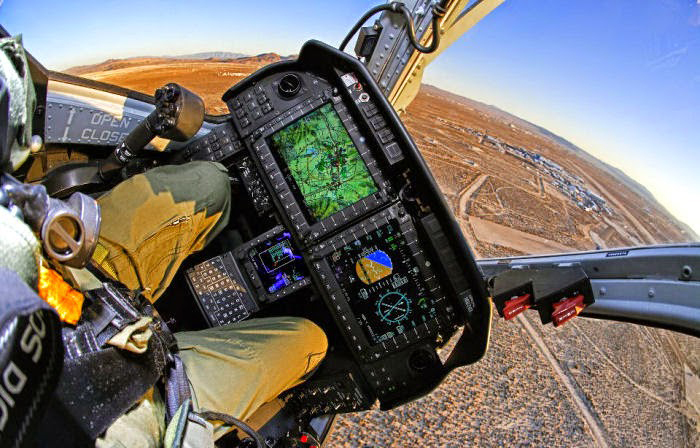
TSS supplies Viper crews with very high quality Electro-optical/TV and infrared video for targeting and surveillance, and this imagery can capture wide angles and very tight zooms. The sensor turret is also a capable laser designator, rangefinder and tracker, and is stabilized to an extreme degree, which is a great thing considering that helicopters basically beat the air into submission.
The TopOwl Helmet and glass cockpit in particular are a far cry from the old heads up display and ‘steam gauges’ on the AH-1W:

The AH-1Z, which can be manufactured new or reworked from old AH-1W airframes, has quite a bit of room for future growth. It can be equipped to carry a version of the Apache’s AN/APG-78 Longbow fire control radar system, called the Cobra Fire Control Radar, which would give the Viper a much more formidable punch against armor formations, especially in bad weather. Although the USMC has not integrated the system on their ‘Zulus,’ when equipped with it the AH-1Z can also employ the AGM-114L millimeter-wave radar guided Hellfire missile.
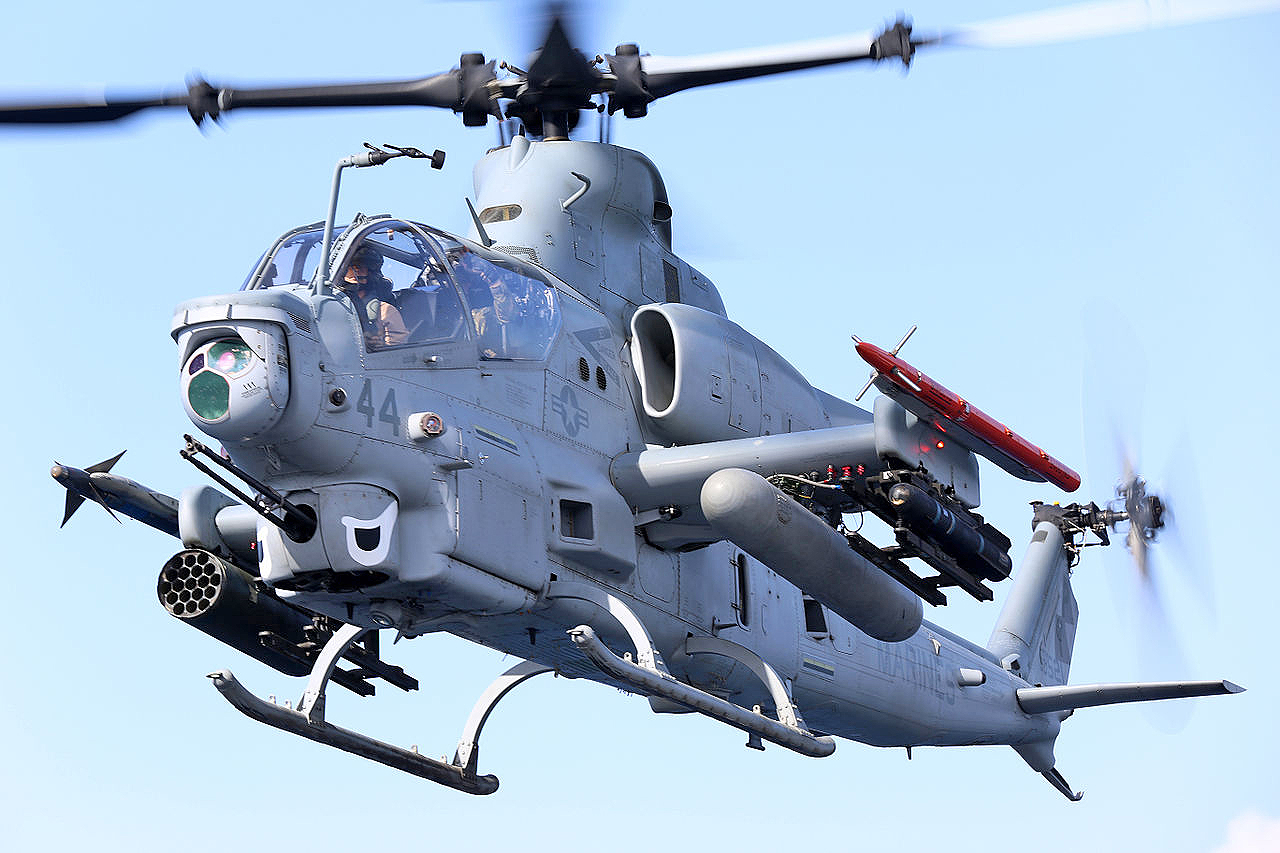
This combination of sensor and missile allows crews to locate dozens of targets and have them classified by the radar system in seconds. After that, a single AH-1Z crew can engage as many as 16 individual targets in a single “pop-up” volley of Hellfire missiles. When data-linked with other helicopters this number can be greatly expanded. Once again, this can happenusing just the radar system for detection, identification and targeting. Although this capability doesn’t have much merit for counter-insurgency operations, it certainly does in peer state warfare or for rapidly engaging multiple naval targets, like swarming small boats (even in poor weather conditions). A version of this system, one where the missiles lock on after launch, is slated to equip the Littoral Combat Ship.
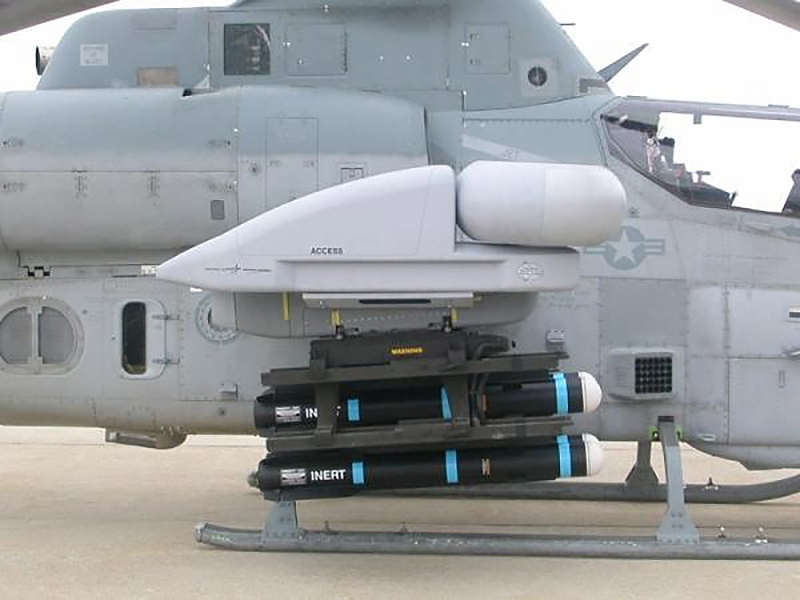
Whereas the AH-64D Apache Longbow has its millimeter-wave radar mounted atop its rotor system, the AH-1Z has been tested with the radar attached to one of the helicopter’s wingtip pylons.
In addition to Hellfire missiles, the Cobra can be equipped with 2.75 inch rockets, AIM-9M Sidewinders and external fuel tanks. It also retains the same 20mm cannon as the ‘Whisky’ variant. Electronic warfare pods, such as the highly dynamic Intreprid Tiger II, can also be carried by the AH-1Z. Another weapon that greatly increases the versatility of the AH-1Z are laser-guided rockets. These weapons, which have already proven to be highly effective on the battlefield, drastically increase the number of targets the ‘Zulu’ can engage with extreme precision. The small warheads on these rockets, paired with their high degree of precision, means they can be used in “danger close” situations where a Hellfire could not.
One weapon that the AH-1Z cannot employ that the AH-1W could is the TOW missile, which is a negative in some ways as this weapon offered an amount of fine control that laser-guided missiles and rockets cannot. This included the ability to ‘turn corners’ to some degree.
Along with the similarly upgraded UH-1Y ‘Venom’ version of the iconic Huey, these two choppers make up the basis for the USMC’s potent and ridiculously versatile light utility and light attack helicopter team.
You can see this team in action in this awesome video:

Aside from the USMC, the AH-1Z has only been ordered by Pakistan, although the prospects on future orders looks fairly promising. Japan in particular, which is looking for around 60 new attack helicopters, and already operates the locally assembled AH-1S Cobra variant, is very interested in the AH-1Z. The fact that the helicopter was built specifically to handle the harsh maritime environment makes it especially attractive considering Japan’s expanding helicopter carrier fleet.
Contact the author: Tyler@thedrive.com
